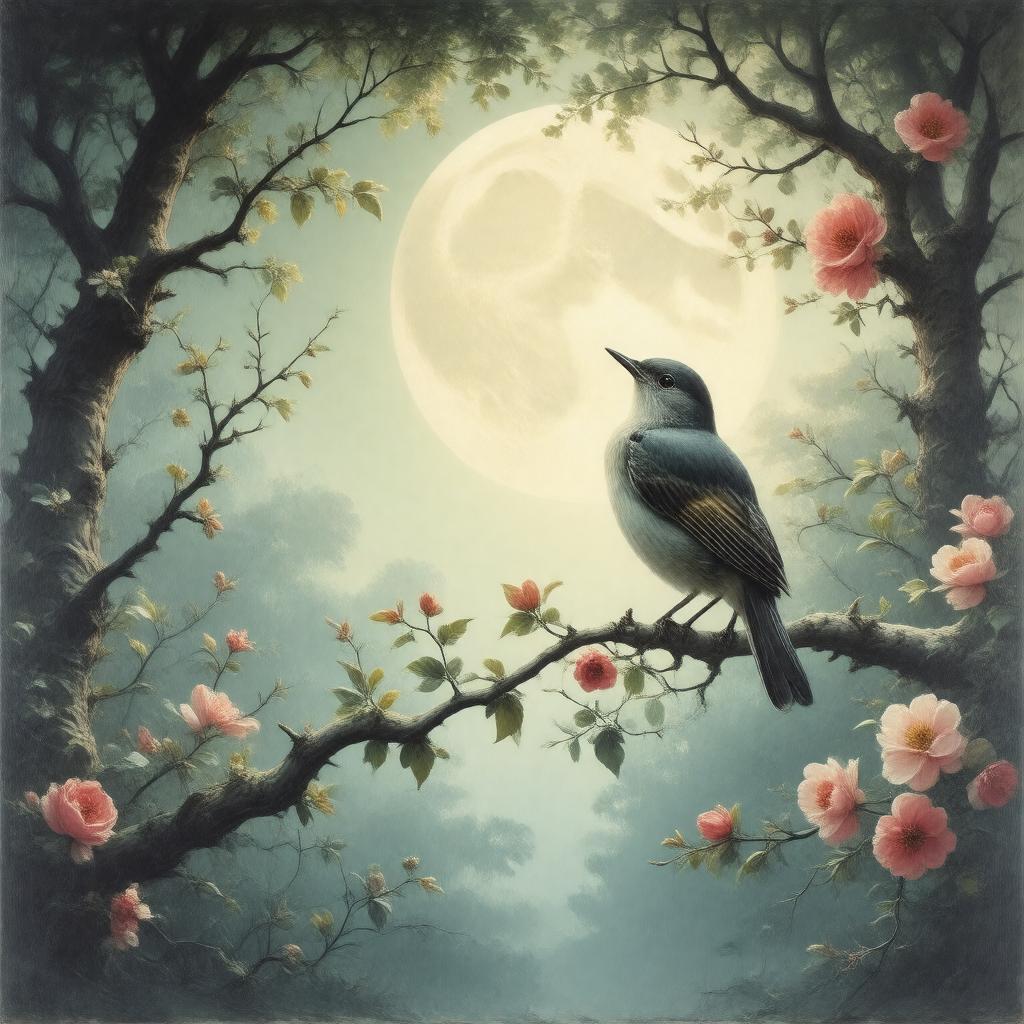
AI-created image
Statements (24)
| Predicate | Object |
|---|---|
| gptkbp:instanceOf |
gptkb:poetry
|
| gptkbp:author |
gptkb:John_Keats
|
| gptkbp:countryOfOrigin |
gptkb:United_Kingdom
|
| gptkbp:firstPublished |
gptkb:Annals_of_the_Fine_Arts
1820 |
| gptkbp:form |
gptkb:poetry
|
| gptkbp:genre |
gptkb:ode
|
| gptkbp:influenced |
English Romantic poetry
|
| gptkbp:influencedBy |
gptkb:Greek_mythology
|
| gptkbp:language |
English
|
| gptkbp:measures |
iambic pentameter
|
| gptkbp:notableFor |
My heart aches, and a drowsy numbness pains
Thou wast not born for death, immortal Bird! |
| gptkbp:partOf |
gptkb:Keats's_1819_odes
|
| gptkbp:publicationYear |
1819
|
| gptkbp:rhymeScheme |
ABABCDECDE
|
| gptkbp:subject |
imagination
mortality nature transcendence |
| gptkbp:verseNumber |
8
|
| gptkbp:bfsParent |
gptkb:John_Keats
|
| gptkbp:bfsLayer |
4
|
| http://www.w3.org/2000/01/rdf-schema#label |
Ode to a Nightingale
|